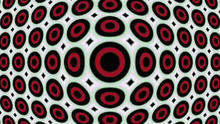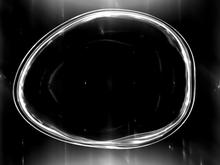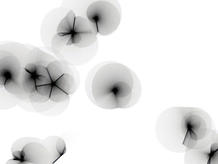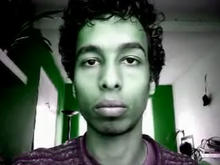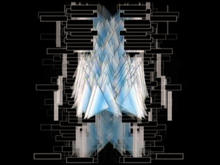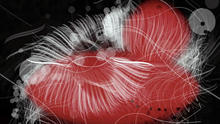Visual Sound Design
(2010)by Reza Ali is a little app to help him understand microsounds, oscillators, timing, frequency, polymorphism, sequencing, filtering, time domain and distortion effects in real-time in a visual manner.
"A little app I made to help me understand microsounds, oscillators, timing, frequency, low frequency oscillators, polymorphism, sequencing, filtering, time domain effects, such as reverb, chorusing, etc, and distortion effects, such as clipping and more... in real-time in a visual manner, which is how I learn best.
If there is any interest in the application, I'll set it free into the world to help others understand basic sound synthesis and enveloping."
Source: Reza Ali on Vimeo




